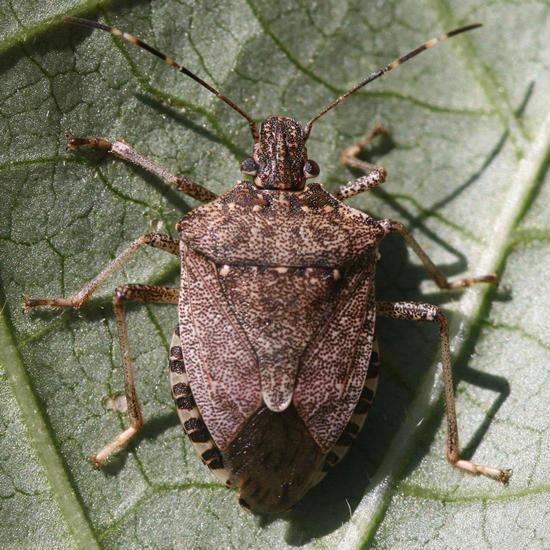Preventing and Managing Fall Pests in Your Home
As temperatures go down this fall, you may notice more insects around your home. Insects often retreat indoors to escape the cooler temperatures as a part of their overwintering strategy.
As pests mistake your home for a heated pile of rocks, you may see hundreds, even thousands, of insects around your home this fall and winter. The most common autumn home invaders you may see are multicolored Asian ladybeetles and the brown marmorated stink bug. Brown marmorated stink bugs tend to be the first invader with the multicolored Asian lady beetle following about a month later. The lady beetle is sometimes called the Halloween beetle for its coloration and the fact that people usually start to notice them in October.
While cooler temperatures have begun, you still have ways to pest-proof your home before pests make their mass exodus to warmer hideaways.
Inspect the exterior of the property and look for gaps in windows and doors, holes in screens, openings in caulk or other sealants and fix them. Without these easy entry points, insects have a tougher time coming inside.
Pesticide applications on the outside of the home may also provide some relief but timing is crucial. When using pesticides, focus on doors, windows, utility openings and banding around the foundation. Make sure to check the label of the pesticide to make sure you can apply it to the necessary areas.
Since the primetime for pesticide application has passed, if you see clusters of pests on the exterior of your home, you may also spray them with soapy water to kill them before they start squeezing their way inside.
Once the pests have come into your home, it is best to manage them simply by vacuuming or sweeping them up for disposal. Interior pesticide applications are usually unnecessary, especially “bug bomb” type applications which usually don’t reach the hiding spots of overwintering pests.
For more information, contact the Butler County Extension Office of the University of Kentucky Cooperative Extension Service at 102 Parkway Lane, Morgantown or by calling 270-526-3767.
Educational programs of the Cooperative Extension Service serve all people regardless of economic or social status and will not discriminate on the basis of race, color, ethnic origin, national origin, creed, religion, political belief, sex, sexual orientation, gender identity, gender expressions, pregnancy, marital status, genetic information, age, veteran status, or physical or mental disability.
Submitted By: Greg Drake II, County Extension Agent for Agriculture and Natural Resources
Source: Jonathan Larson, UK Entomology Assistant Professor of Extension



























